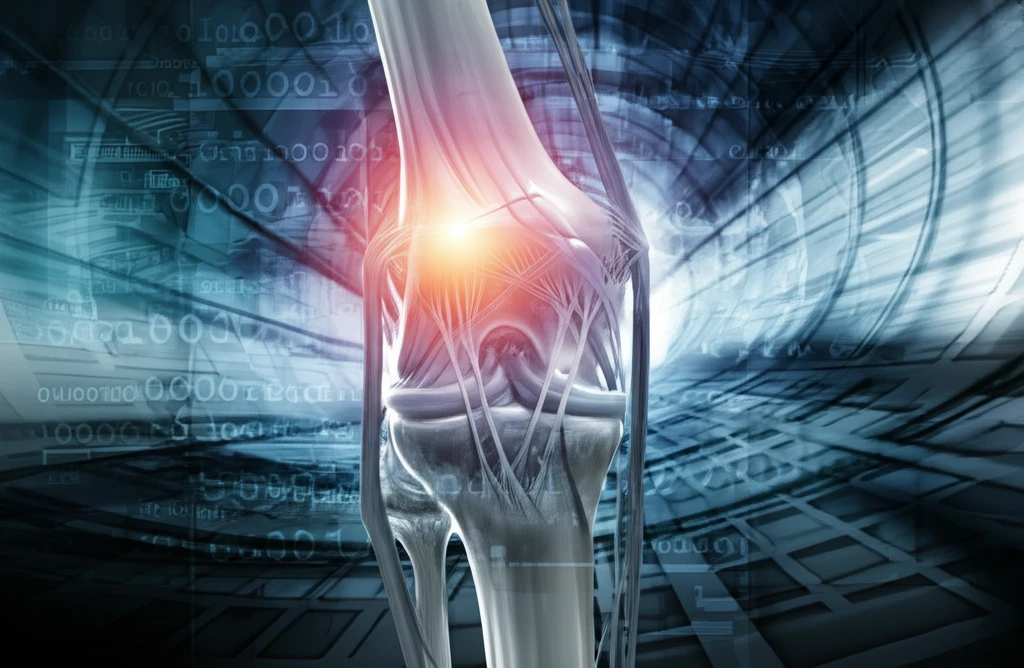
ACL Reconstruction: Navigating Tunnel Placement for a Successful Outcome
"Understanding the critical factors in combined ACL and posterolateral corner reconstruction to minimize complications and optimize recovery."
Knee injuries, especially those affecting the anterior cruciate ligament (ACL) and posterolateral corner (PLC), can significantly impact an individual's mobility and quality of life. While isolated ACL or PLC injuries are challenging enough, combined injuries present a complex scenario for orthopedic surgeons.
ACL reconstruction aims to restore stability and function to the knee joint, allowing individuals to return to their active lifestyles. However, when ACL injuries are coupled with damage to the PLC, the reconstruction process becomes more intricate. One of the key challenges lies in the precise placement of tunnels for graft fixation.
This article delves into the complexities of tunnel placement during combined ACL and PLC reconstruction, drawing upon a recent study that investigated the risk of tunnel intersection. We'll explore the implications of tunnel collision, the importance of anatomical considerations, and the strategies surgeons can employ to optimize outcomes and minimize complications.
The Challenge of Tunnel Intersection

In combined ACL and PLC reconstruction, the close proximity of the tunnels created for graft placement raises the risk of tunnel intersection. This occurs when the tunnels for the ACL and PLC grafts converge or overlap within the lateral femoral condyle, potentially compromising the structural integrity of the bone and the stability of the reconstruction.
- Bone Weakening: The convergence of tunnels can weaken the bone in the lateral femoral condyle, increasing the risk of fracture or graft failure.
- Graft Compromise: Tunnel intersection can impinge on the grafts, leading to reduced tension, altered biomechanics, and potential graft rupture.
- Articular Cartilage Damage: Improper tunnel placement can damage the articular cartilage of the lateral femoral condyle or trochlea, contributing to pain and long-term joint degeneration.
Optimizing Tunnel Trajectory for Successful Reconstruction
Achieving successful outcomes in combined ACL and PLC reconstruction requires a meticulous approach to tunnel placement. By understanding the anatomical considerations, employing appropriate surgical techniques, and carefully assessing tunnel trajectory, surgeons can minimize the risk of tunnel intersection, optimize graft function, and improve the overall stability and long-term health of the knee joint. Further research and technological advancements will continue to refine these techniques and enhance the precision of tunnel placement, ultimately leading to better outcomes for patients with complex knee injuries.
